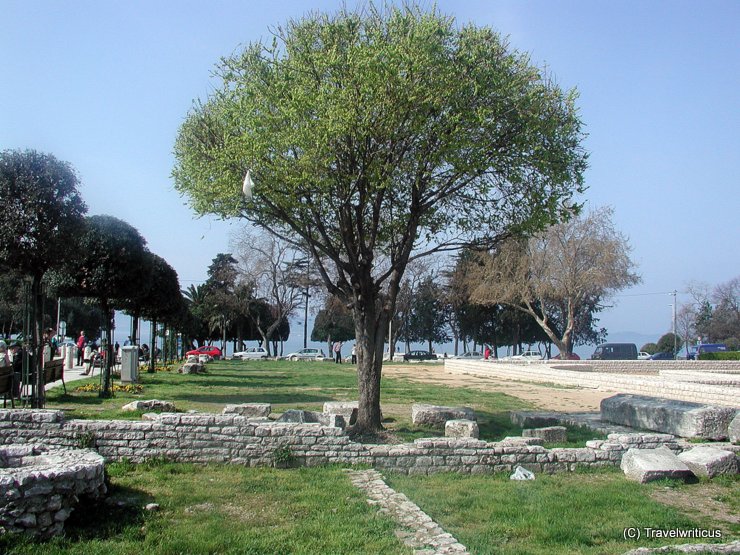
During the Roman period, Zadar’s name was Iader or Colonia Iulia Iader. Near the coast, you will find the remnants of the Roman Forum. Additionally, two museums provide you with remarkable ancient Roman stuff. [German]
You only see what you know (Goethe)

During the Roman period, Zadar’s name was Iader or Colonia Iulia Iader. Near the coast, you will find the remnants of the Roman Forum. Additionally, two museums provide you with remarkable ancient Roman stuff. [German]
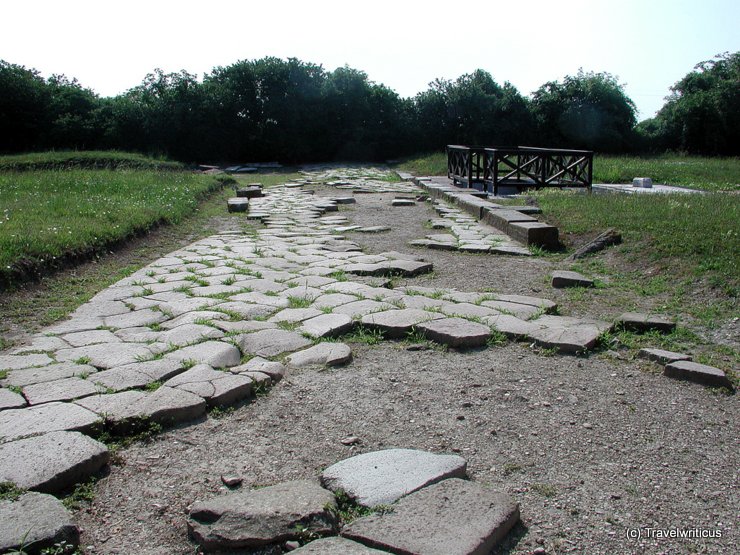
The ancient Roman city of Altinum was a settlement in the region of today’s Quarto d’Altino. During its flowering, it had over 20,000 inhabitants. After being destroyed by the Huns, the inhabitants fled to the small islands in the lagoon of later Venice. [German]
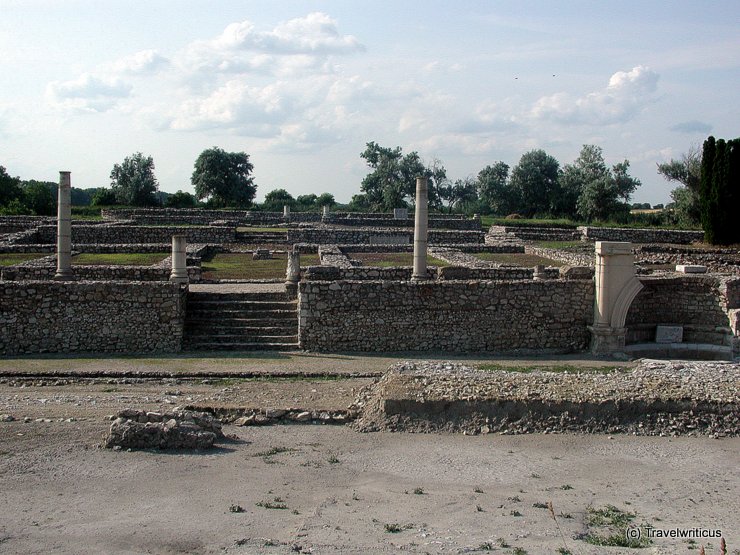
The Gorsium Archaeological Park near Tác tells about life in this region during the ancient age. The Roman influence started here with a fort protecting a road junction and a ford of the Sarviz River in the middle of the 1st century. [German]
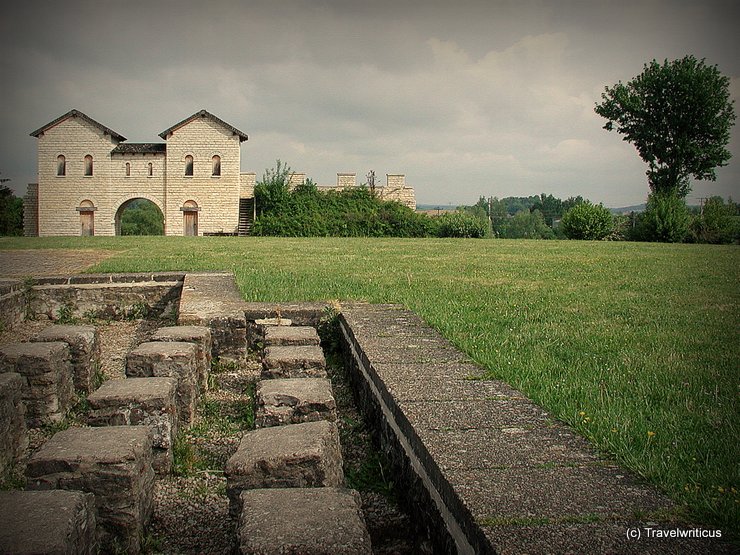
The Roman fort Biriciana, nowadays known as Kastell Weissenburg, was occupied by cavalry units during ancient times. The photo shows the reconstructed north gate (Porta decumana) of the fort area. In Roman times, this gate led to the Limes. [German]
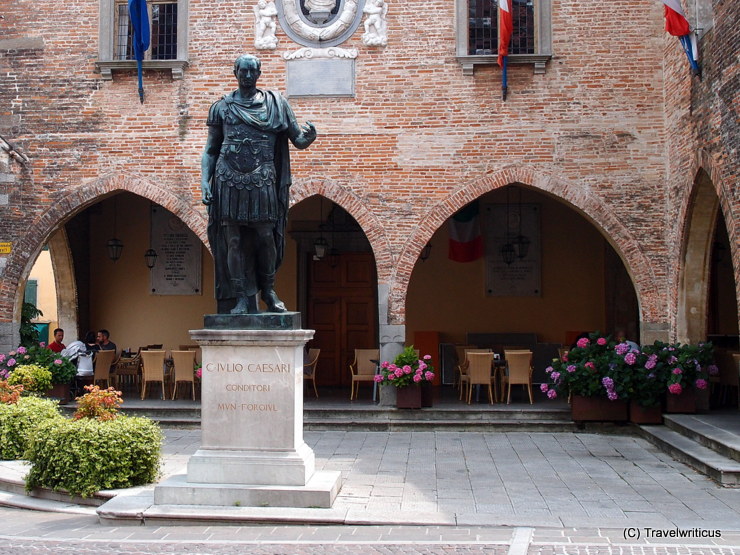
This monument in Cividale del Friuli reminds us of Julius Caesar, who founded the city in 50 BC. Its founding name was Forum Iulli. The name of the area of modern Friuli originates from this ancient city name. [German]
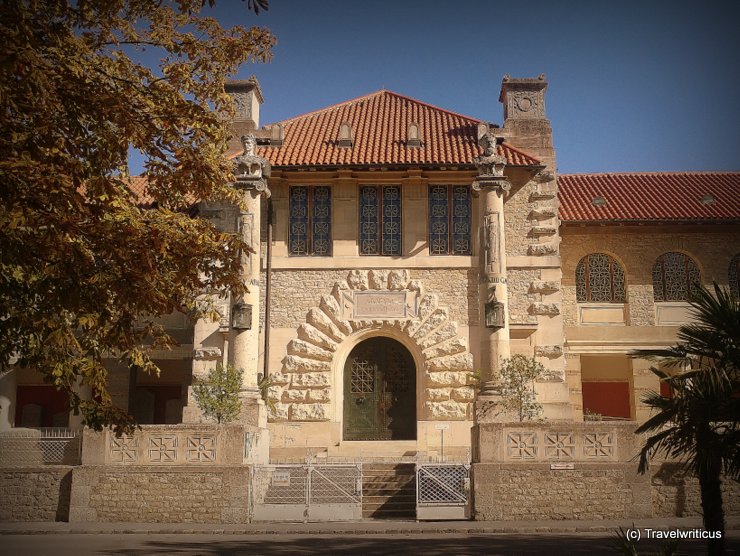
At first glance, the Carnuntinum Roman Museum in Bad Deutsch-Altenburg looks like a villa rustica. In fact, it was only opened in 1904. It houses artefacts from the Roman town of Carnuntum and is regarded as the biggest Roman museum in Austria. [German]
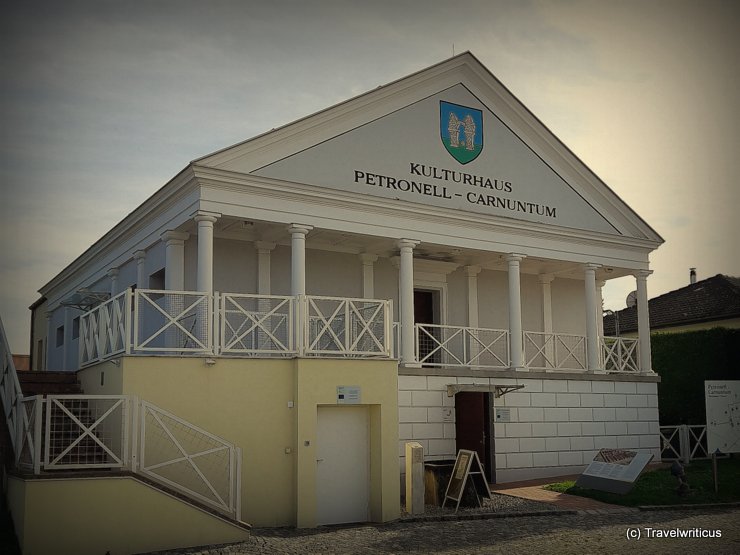
The Museum Auxiliarkastell (Auxiliary Fort Museum) in Petronell-Carnuntum is dedicated to the history of an equestrian fort next to the provincial capital of Carnuntum. It also displays the remains of two Roman water conduits that cross right there. [German]
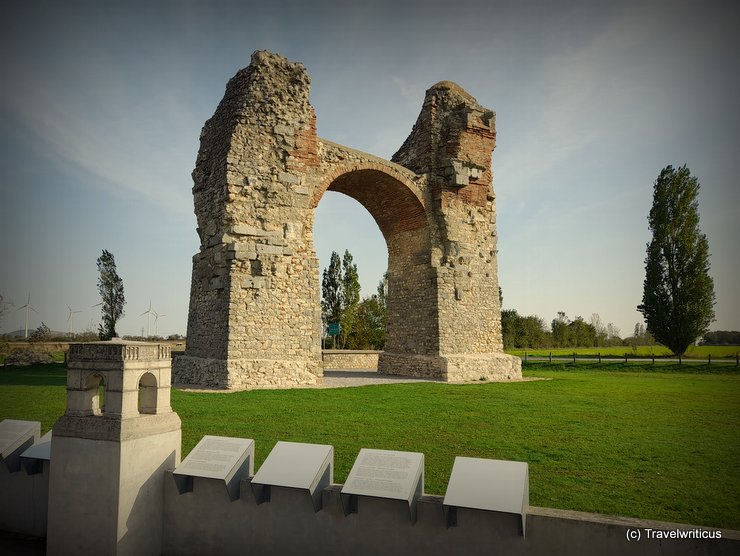
The Heidentor in Petronell-Carnuntum forms an iconic remain from the Roman Empire on the grounds of today’s Austria. Its purpose was uncertain for a long time. Local people call the structure Heidentor, meaning Heathen’s Gate or Pagan’s Gate. [German]
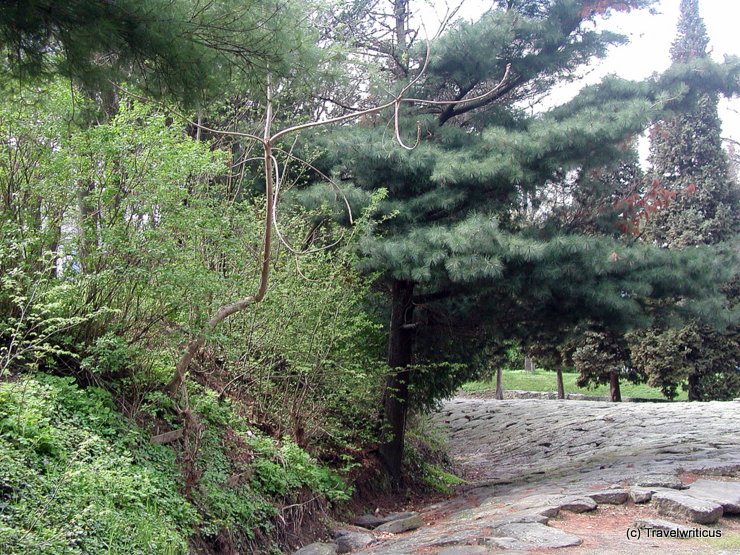
In the archaeological zone of the Hungarian town of Szombathely, there are remains of the ancient street paving. The Roman name of this place was Colonia Claudia Savaria. [German]
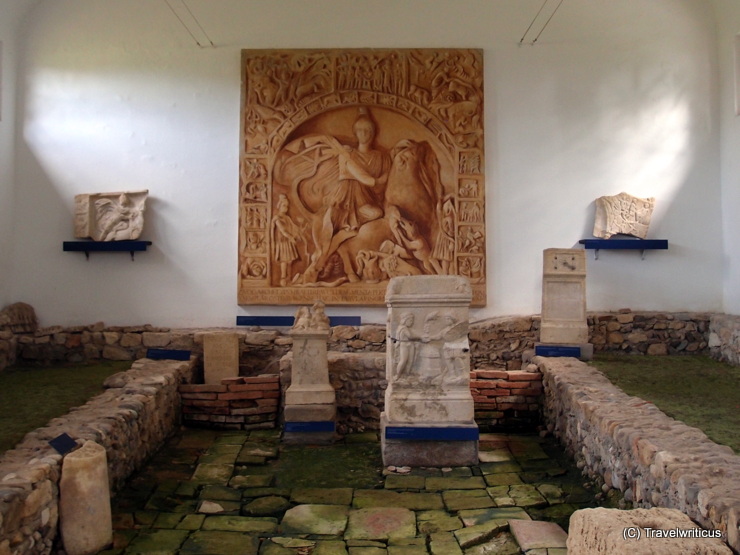
A protective building in the style of an ancient Roman sanctuary shelters the remains of the Mithras Shrine III in Ptuj. The shrine was erected in the sixties of the 3rd century by soldiers of the Legio XIII Gemina.

This model represents the ancient forum of Cambodunum. This Roman city stood on the grounds of today’s Kempten. In the Archäologiepark Cambodunum (APC), you will find reconstructed temples of the former Roman settlement.
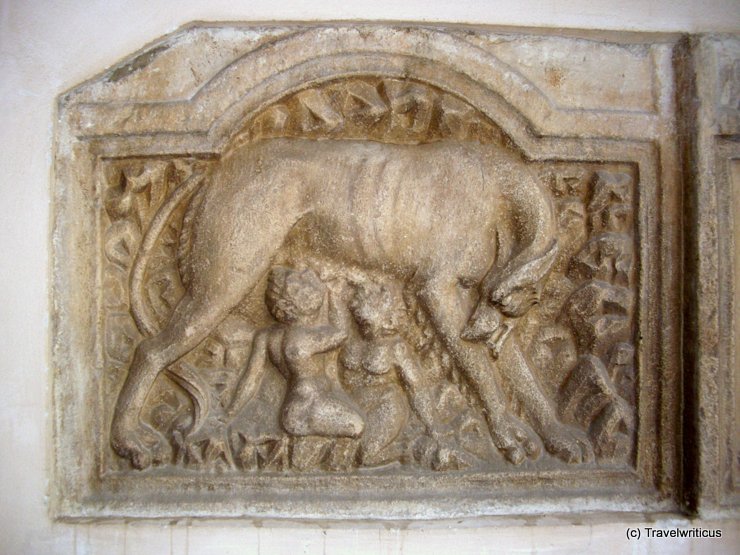
I only wanted to photograph the Roman stone with the “mail coach” in Maria Saal. But then I came across this intriguing relief stone in the entrance area of the Maria Saal Cathedral. It represented the Capitoline Wolf with Romulus and Remus.